


















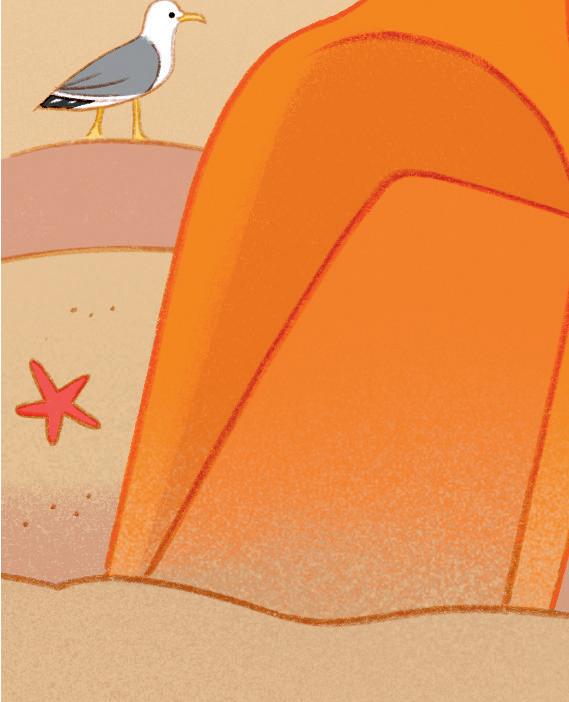

















































































































































































































Did you know?












Bulgaria has the longest summer holiday – up to 15 weeks!












Before this, only the very wealthy could a ord to send their children –mainly boys – to school. In the 18th century, there was a fashion for these rich young men to take a long trip around Europe called a grand tour.











Some people think it’s because children were needed to work in the elds over the summer. But children didn’t even have to go to school before the late 19th century – and by then, machines had taken over most of the farming work.
In 1880, a new law was introduced under the Education Act, which said that all children aged ve to 10 had to attend school for a ‘reasonable’ number of days each week. And in 1891, education became free for the rst time.
Over the 19th and early 20th centuries, things got better for everyone else: working conditions improved, and paid and public holidays were introduced, so more people could enjoy holidays and day trips.
It’s most likely the long school summer holiday is to do with the weather – no one wants to be in a stu y classroom when it’s warm and sunny outside! And a er a long year of learning, you – and your teachers – have earned a break!



















Stonehenge is one of the most popular places to visit in the UK – more than a million people go there every year. It’s thought it might have been a tourist attraction way back in Roman times, as lots of Roman objects have been found at the site.
The rst o cial guidebook was published in 1823, and people started collecting souvenirs such as brooches, letter openers and paperweights. By the early 20th century, it was so popular that a policeman was employed to guard the stones.

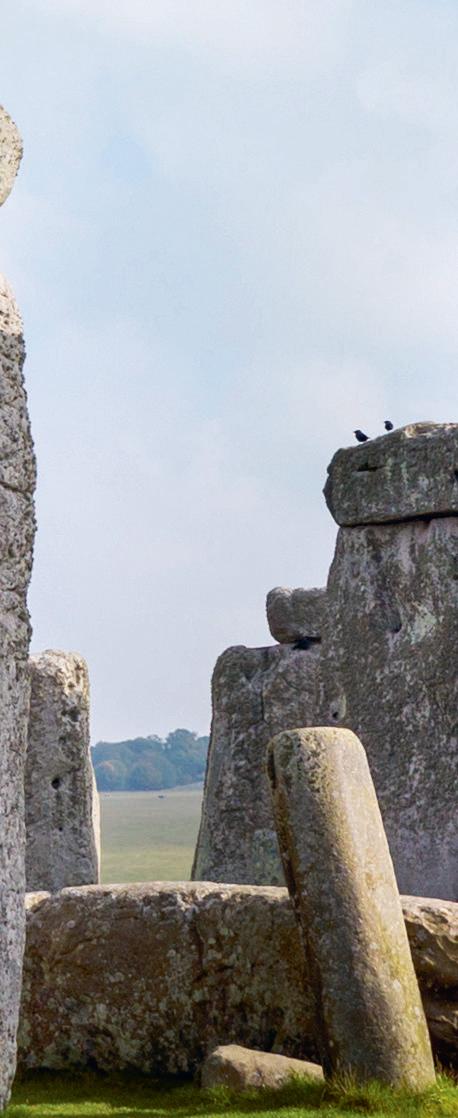





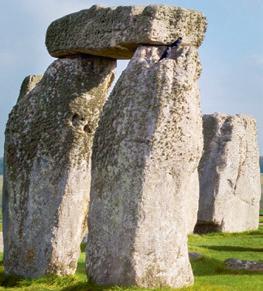











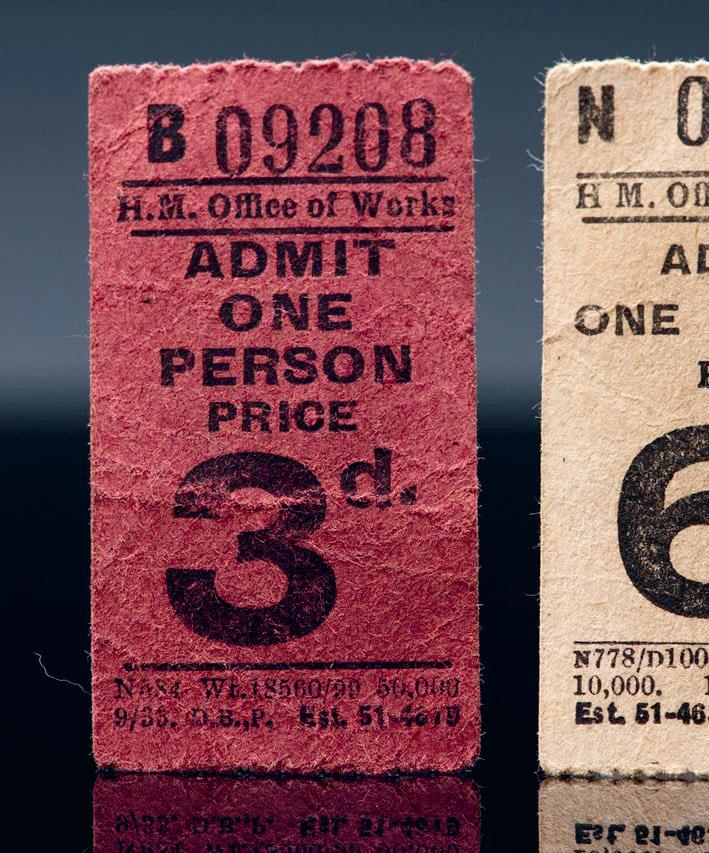


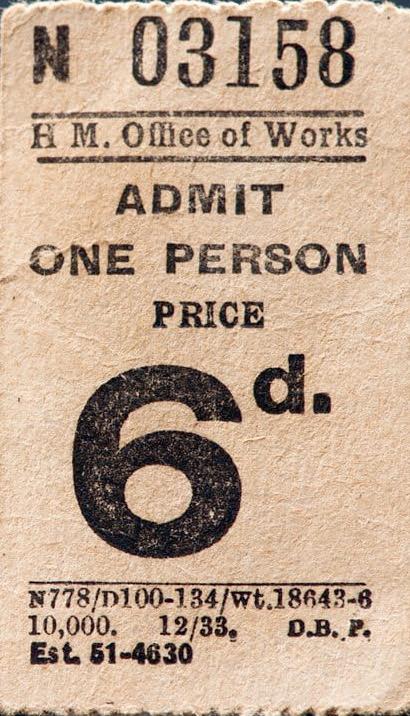

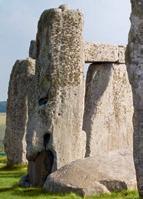
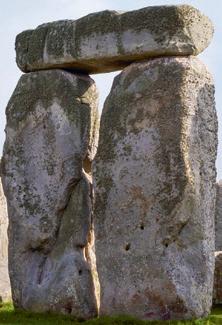
























This was because visitors were scratching their names into them and chipping bits o to take away. Admission tickets were introduced, too. These are from the 1920s and ‘30s (le ), when it cost 6d (six pence).
On 21 September 1915, Stonehenge was sold at auction for £6,600.
Legend has it that Cecil Chubb (le ) only went along to buy some dining chairs for his wife – and came home the proud owner of the world’s most famous prehistoric monument! He gave it to the nation a few years later, in 1918.
































Use wet sand. Either build close to the water’s edge or have buckets handy.




























Build a sandcastle Up your castle’s build quality with these pro tips… Scan the QR code to watch our YouTube video on building the ultimate sandcastle
Make a big motte (mound) and compact the sand on top to build on.
Turn a bucket of wet sand upside down on top of the motte to create your keep.
Decorate your castle, or add a moat or more defensive walls.

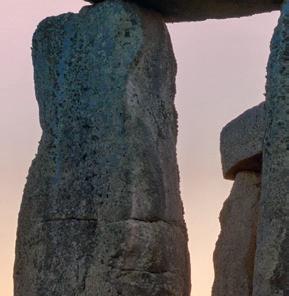

Find a good spot with uninterrupted views to the west – a park or beach is ideal. Then watch the magic happen as the sky turns shades of orange, red and pink. For added drama, catch the sunset near Stonehenge in Wiltshire (below) or Whitby Abbey in North Yorkshire.

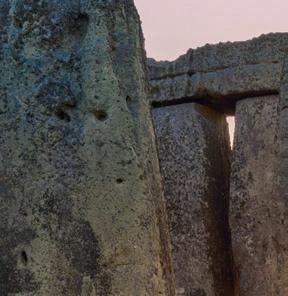
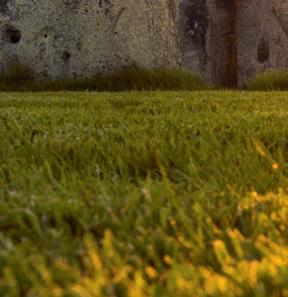

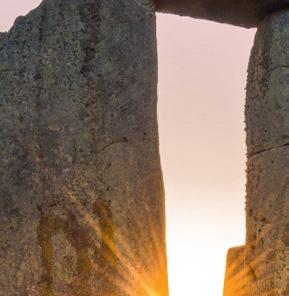










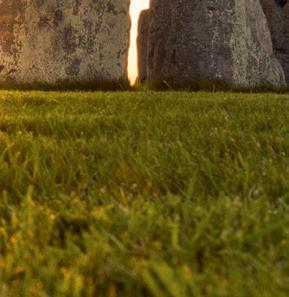

Keep a record of where you’ve been and what you’ve done. Sir Charles Monck of Belsay Hall kept a diary of his travels in the early 1800s. As well as writing, you could draw, doodle, and stick in maps, photos and entry tickets. You’ll love looking back on your summer holiday in future years.

































There’s nothing like the thrill of a tug of wind li ing your kite into the sky. For the best results, you need space and a steady breeze. Hilltops are perfect, so pack your kite if you’re visiting the Iron Age hillforts at Old Sarum (near Salisbury), Maiden Castle (Dorset) or Old Oswestry (Shropshire). Scarborough Castle (North Yorkshire) is a great spot, too.
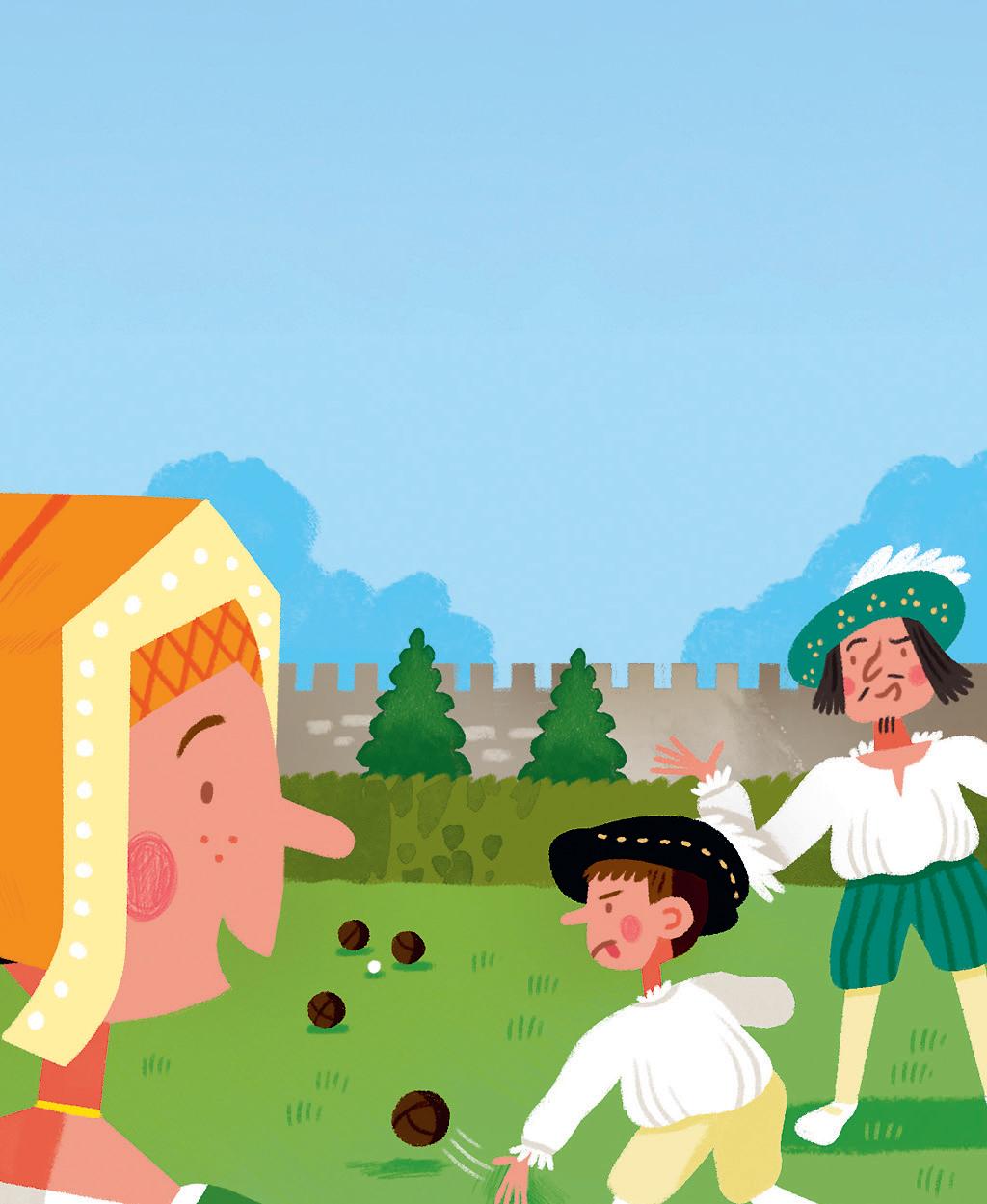
Simple games with no equipment required. Well, maybe a stick. Try tag, hide and seek, hopscotch and pooh sticks.

Cycling gives you the freedom to explore more – as long as the adults don’t slow you down! On the Isle of Wight, see the donkeys at Carisbrooke Castle in the morning, then head to Osborne, where your reward is an ice cream on the beach.
Like the sound of brown bread ice cream? It was a favourite avour in the 1700s. Or how about cucumber, which the Victorians had a fancy for? If you prefer something a bit more modern, our cafés and ice cream parlours have a great selection to choose from.







We’ve got some special places for a picnic. Watch the waves and seabirds at Dunstanburgh Castle as you enjoy your sandwiches, set out your blanket among the statues and fountains at Wrest Park, be wowed by the mystical beauty of Stonehenge, or pick a quiet spot in the grounds at Osborne (below).

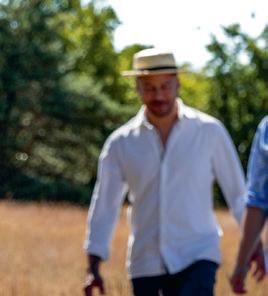
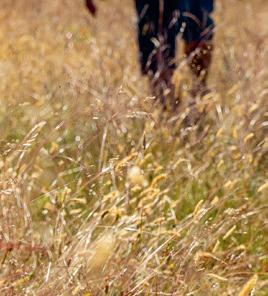
Scan the QR code for our YouTube video on the history of ice cream





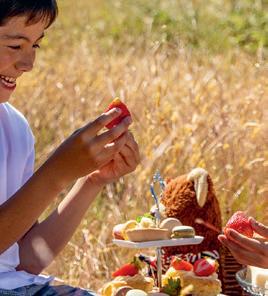

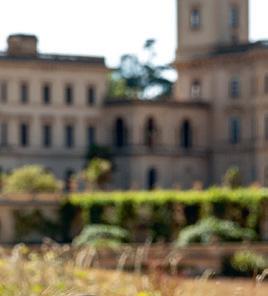









Cinema, theatre and music performances are extra magical in the open air. Experience history brought to life at our sites, from falconry displays to jousting knights. There’s lots of events happening, nd them at english-heritage.org. uk/whats-on
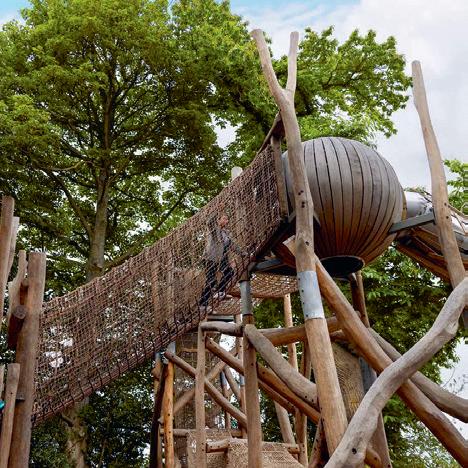
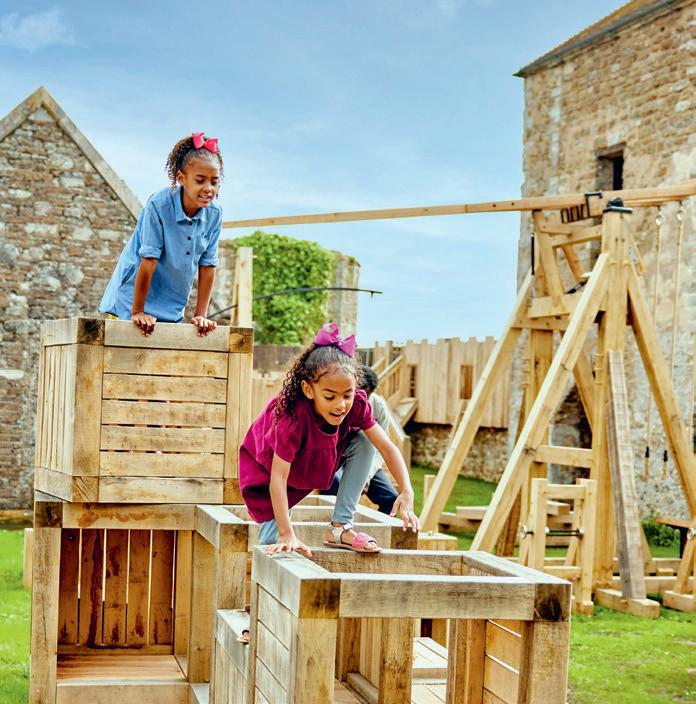
Try a new playground


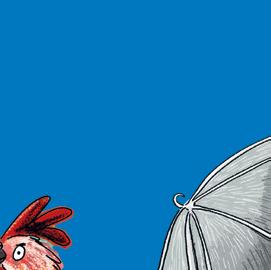




Follow a magical trail

Love fantastic beasts? Then our Folktale Creature Trails are for you. Discover magical creatures from English legends on three exciting trails featuring uttering fairies, fearsome dragons and other mythical beings. Complete a trail to earn a certi cate. For locations, go to englishheritage.org.uk/folktalecreature-trails







Climb towers, crawl through tunnels and swing along rope walkways at our themed play areas. Each one has a di erent design inspired by the site (and most have cafés close by to keep the grown-ups happy!). Pick your favourite from Dover Castle, Audley End and Belsay Hall. Find our best play areas at english-heritage.org.uk/ play-areas





on
You can easily get started spotting bugs and birds in a garden or local park – just be quiet, patient and keep your eyes peeled. Our sites are havens for wildlife, too. Pick up a nature guide (scan the QR code for our minibeasts guide) or look out for signs showing where to spot wildlife such as bats, butter ies and beetles. At Scarborough Castle, you might even see dolphins o the headland.
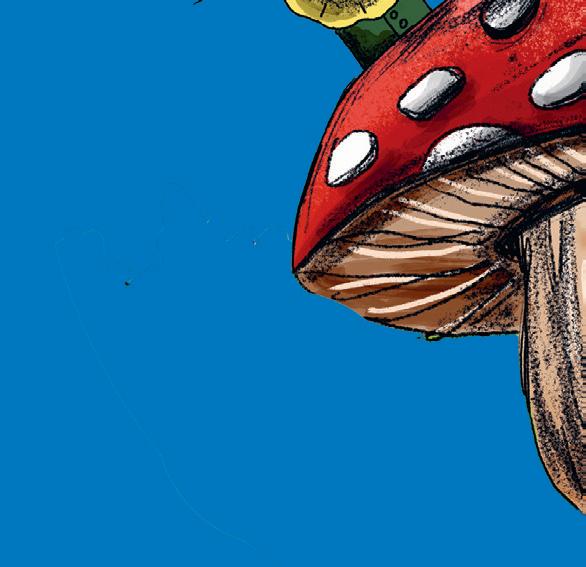










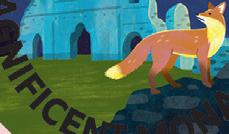


















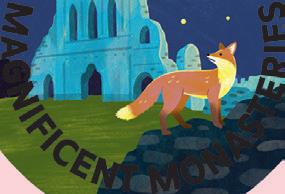
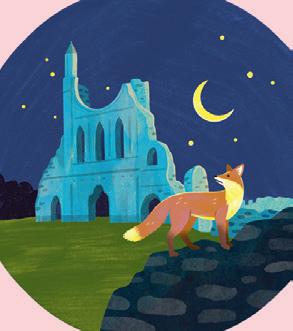










Pick up a pop badge when you visit one of our sites. There are six to collect, plus special multi-visit badges



















































Renaissance kings and queens loved to travel around on royal progresses, showing themselves to the people and staying in the homes of wealthy courtiers





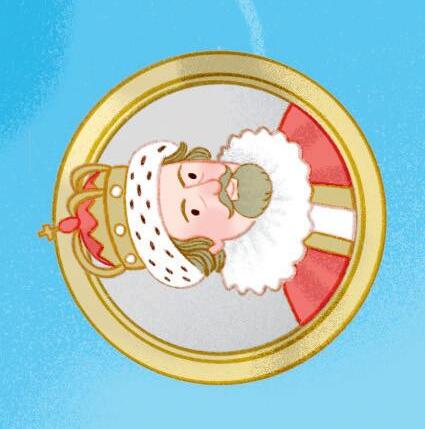


James I James must have been a big fan of Kirby Hall and its owners: he stayed there nine times between 1608 and 1624.
























Richard III, 1483
A er his coronation in July 1483, Richard set o on a long tour of the Midlands and the North. He ordered 13,000 badges of his heraldic symbol, a white boar, to be handed out in York, where he stayed for three weeks. On his way back to London, he spent a night at Gainsborough Old Hall, the new home of his supporter Thomas Burgh.
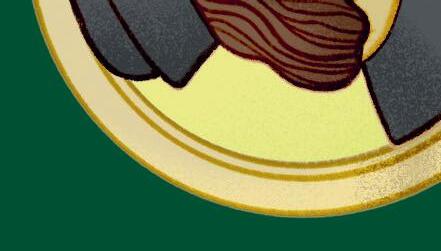
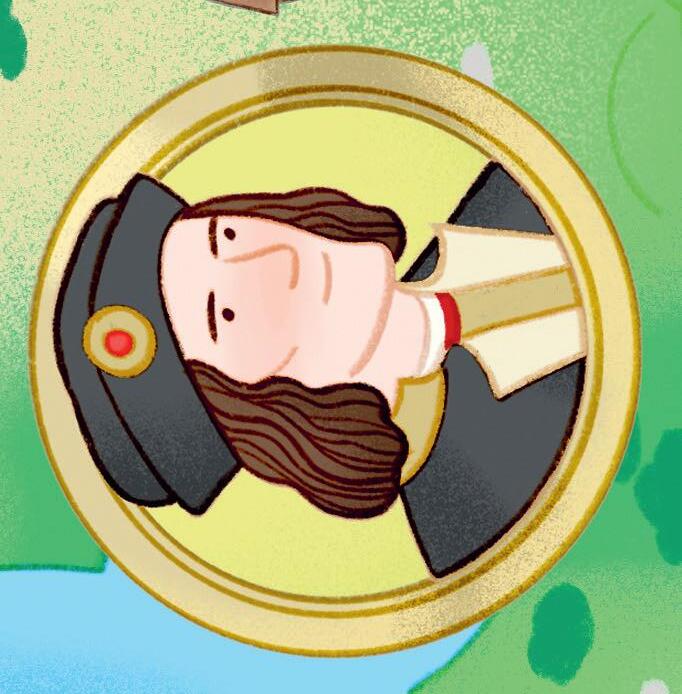












Elizabeth I, 1575

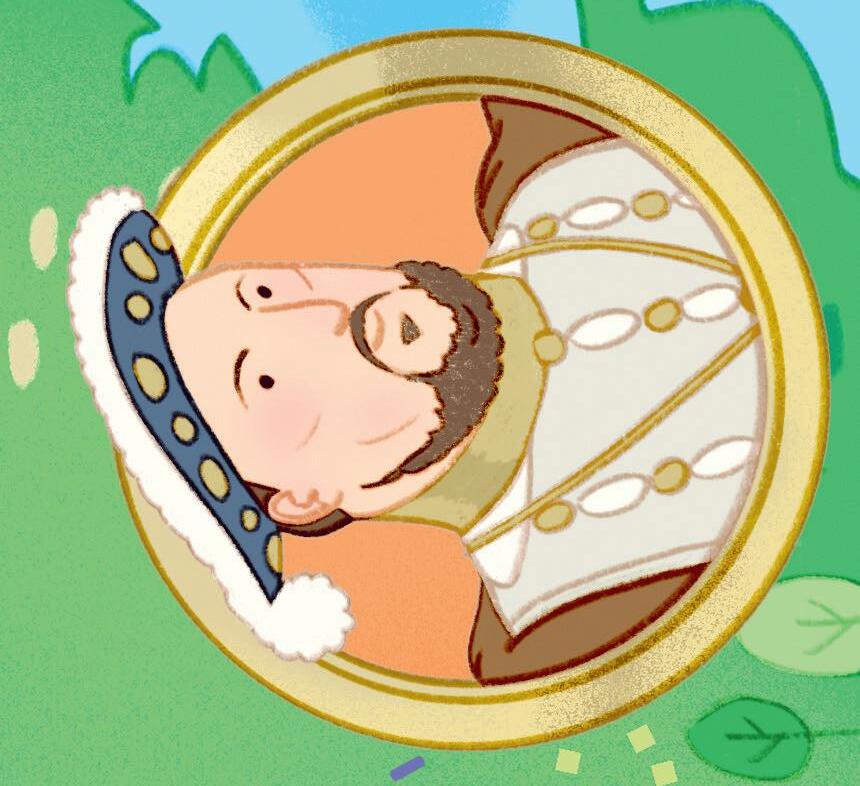
Henry VIII, 1535

One of Henry’s biggest trips was to the West Country, between July and October 1535. No one knows for sure if he saw Stonehenge on his travels, but he certainly stayed nearby. A few years later, he took the site away from a local abbey while he was getting rid of all the monasteries.


In the rst half of her reign, Elizabeth travelled around the country on progress every summer. She visited her great friend Robert Dudley at Kenilworth Castle four times, staying for 19 days in July 1575. Robert built a new tower and garden for the queen, and arranged a packed programme of events including hunts, banquets, reworks and theatrical performances.









































would






Holidays haven’t always been about relaxing and having fun. Which of these historical breaks would you rather take?






to pick up your own pop badge when you visit our sites!





































Monks have a ‘day o ’ everyotherday,whentheycan lie in (instead ofwaking up at 2am!) and only attend two services. Theyspendtheirtime reading orwalking inthe countryside.



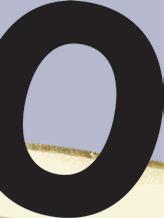

















Pilgrims walk miles to holy shrines, places that claim to house saintly remains. They o en spend the night at monasteries along the way, and collect souvenir badges from the places they visit.














































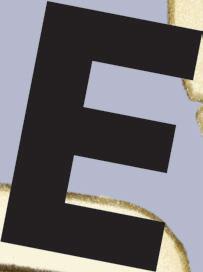







Abbeybecame a destinationmajorpilgrimage in 1270 whenitwasgivena holyrelic:asmall crystalbottleof Christ’s blood.

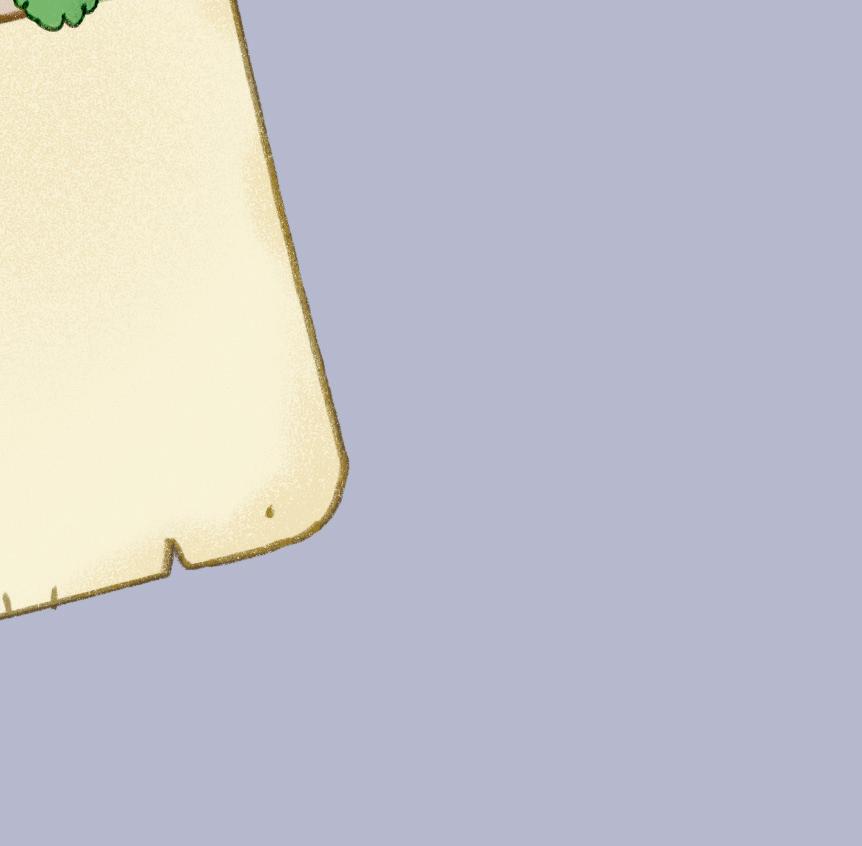

In the 14th century, Finchale house for monks from nearby Durham. Four monks stayed for three weeks at a time and the accommodation
Priory was used as a rest wasn’t bad: they even had their own rooms.



















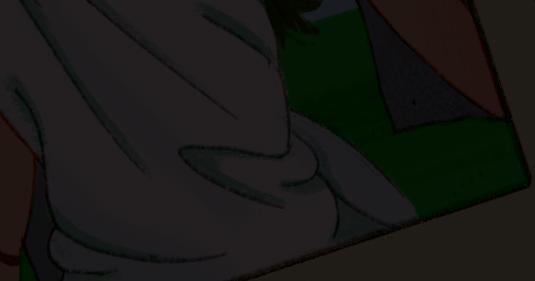
align with the movements of the sun. It rises behind the Heel Stone on the summer solstice, the rst rays shining into the heart of the circle.


Prehistoricpagans gathertocelebrate




















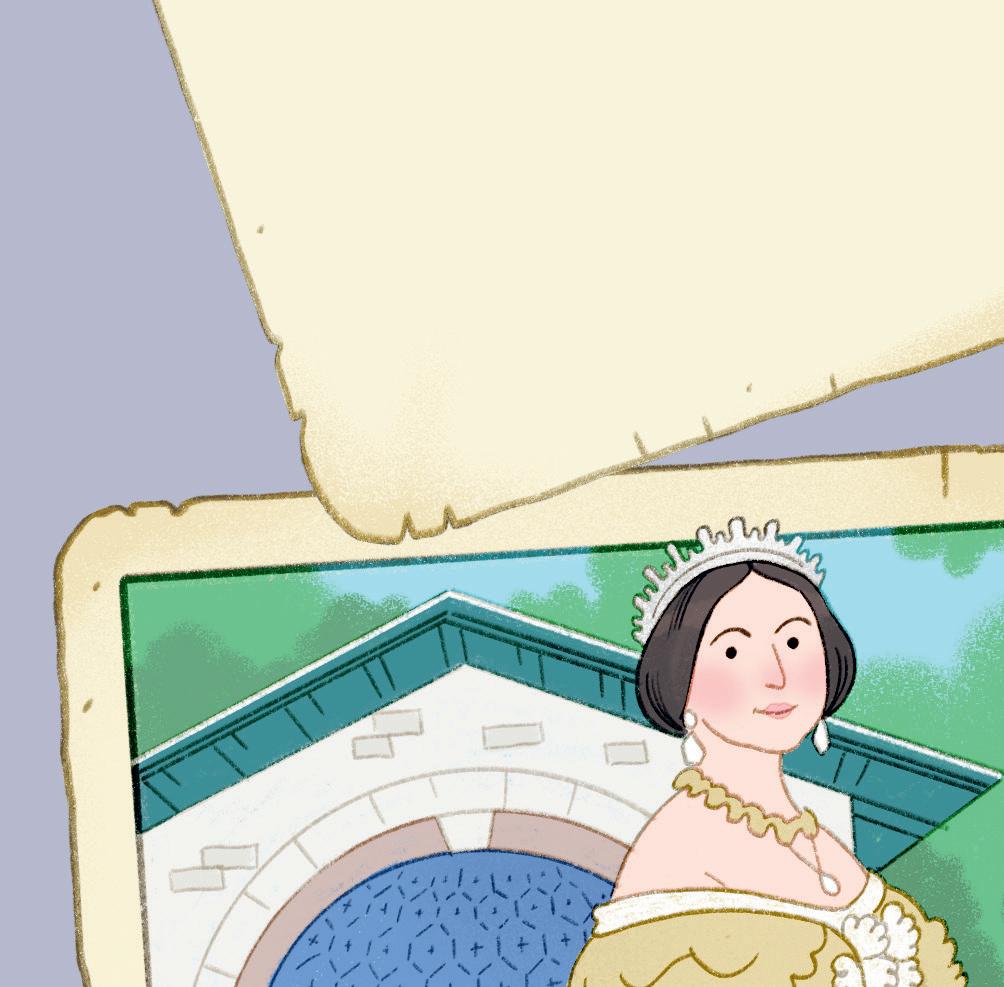












Monck and his new wife Louisa set o across Europe for Greece, where they spent most of their 18-month trip. He sketches the native plants and ruins. thelongestdayof theyear,thesummer solstice.Theyparty ’tilsunrise:lighting bon resandjumping overthem,feasting anddancing.





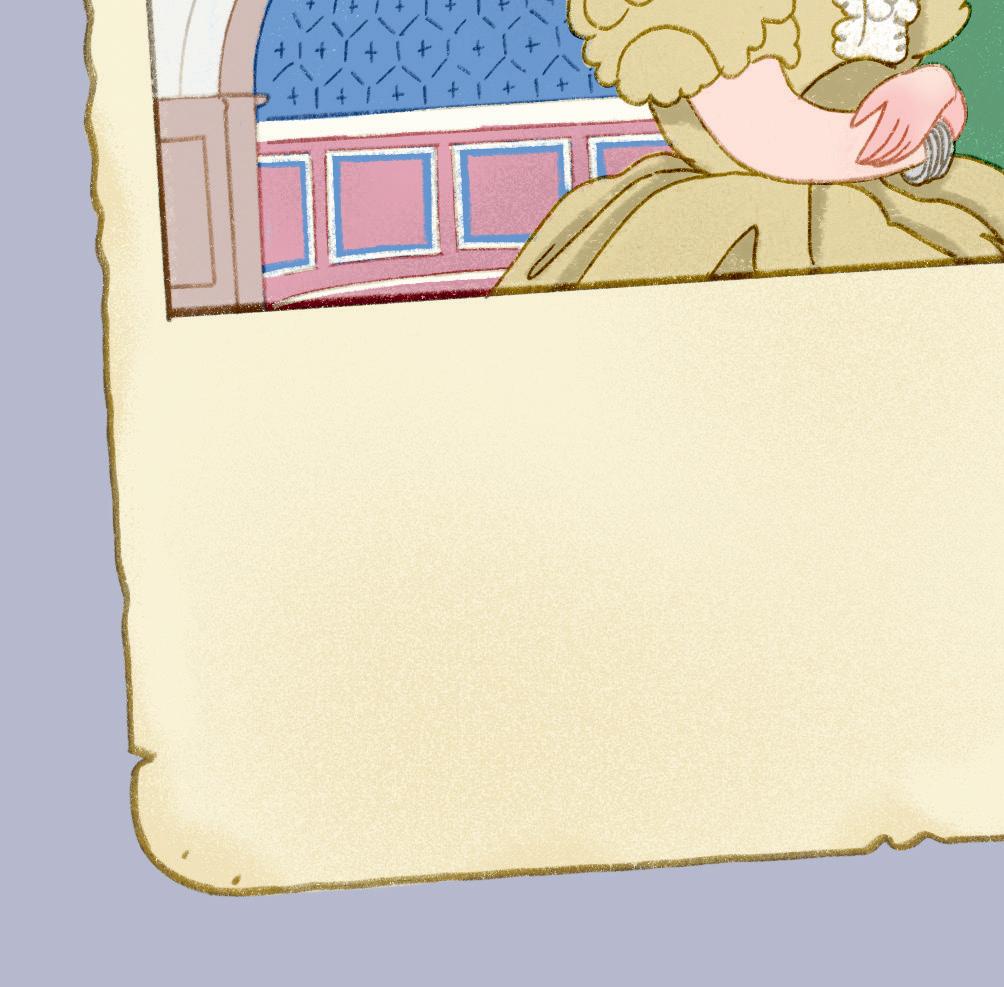





her nine children spend their summers at Osborne, where they have a luxurious seaside home, acres of grounds to roam around in and their own private beach.























Charles Monck returned in 1806, he set about designing a new home at Belsay, inspired by what he’d seen on his travels in Greece.
































The royal family spent as much time as possible at their seaside home. Prince Albert designed a playhouse, Swiss Cottage, specially for the children.





















hen holidays took o in the 19th century, postcards became popular, too. They were sent to family and friends when people visited somewhere new, as well as being collected as souvenirs. These were sent to Agnes Breadmore, a kitchen maid at Audley End House in the early 1900s. What do you think of the messages?






‘It
is very pretty down here. What do you think of this view? It is the front door. Have had an awful lot of thunder down here and it hasn’t half rained’

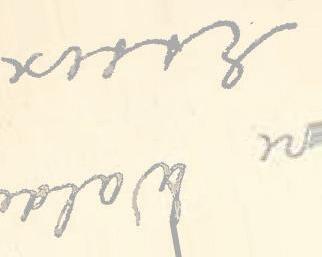
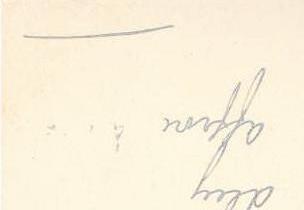



















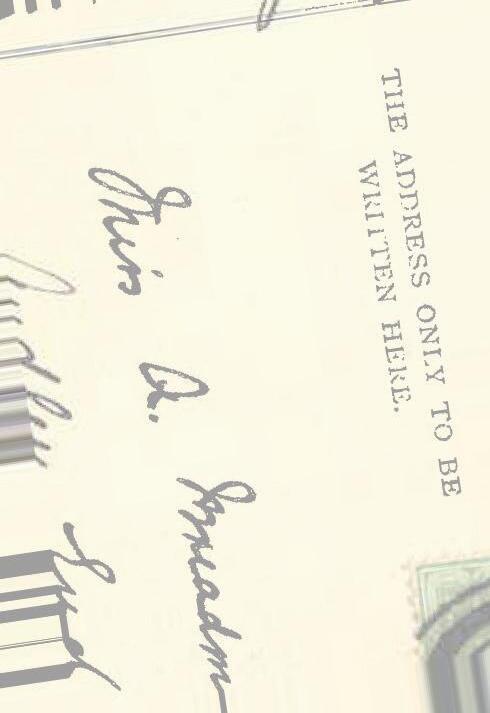


‘Hope you are well. Have been nearly mad with toothache and have a lovely fat face
at present’





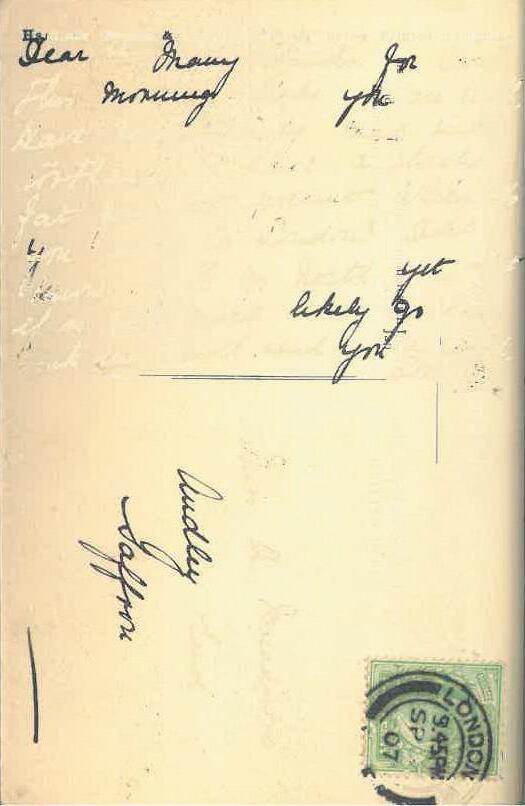




















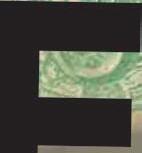


































Old postcards are a fascinating – and o en funny – glimpse into holidays through history
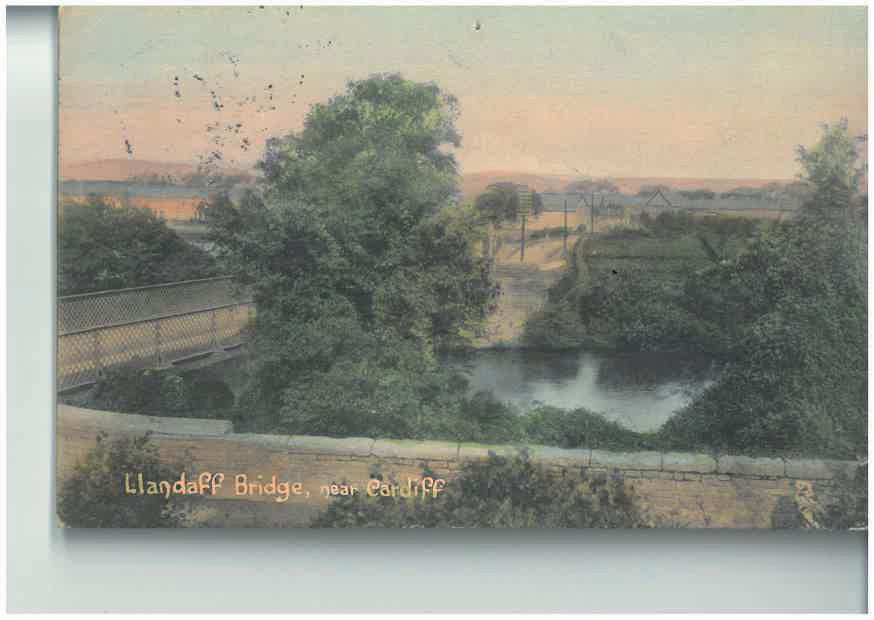











































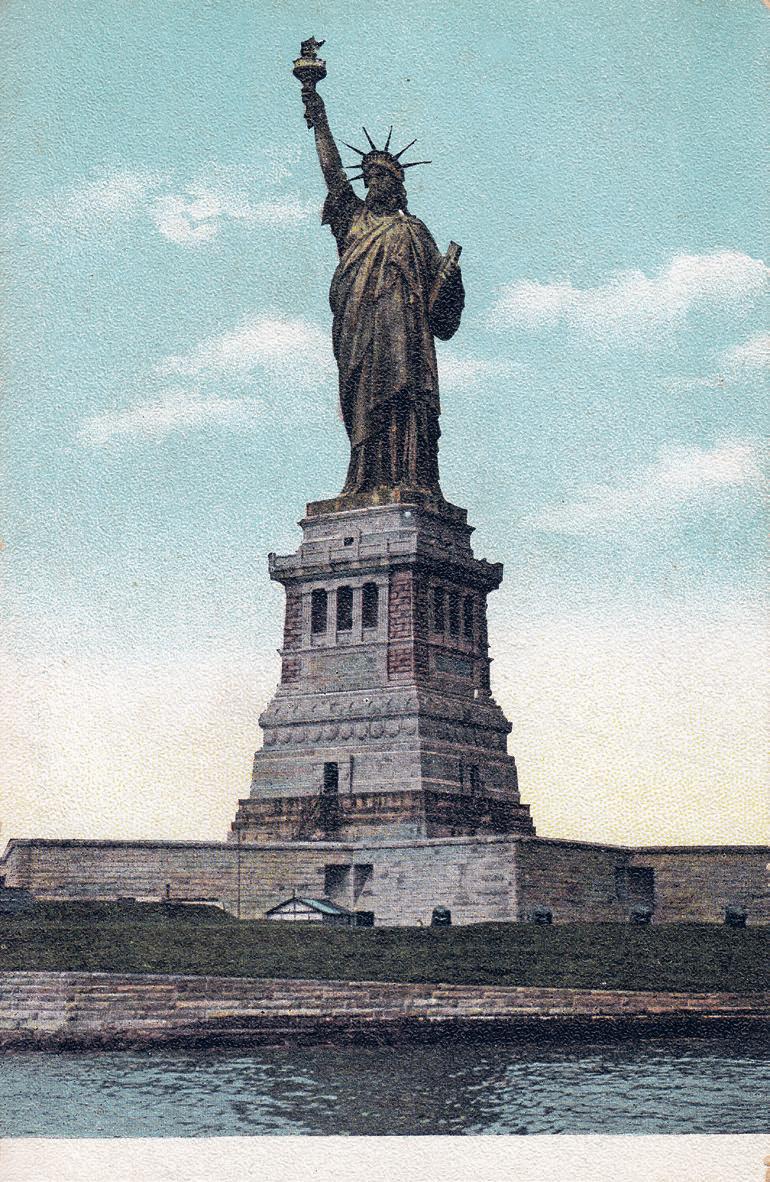












Can postcardmatchyouthe to the country?








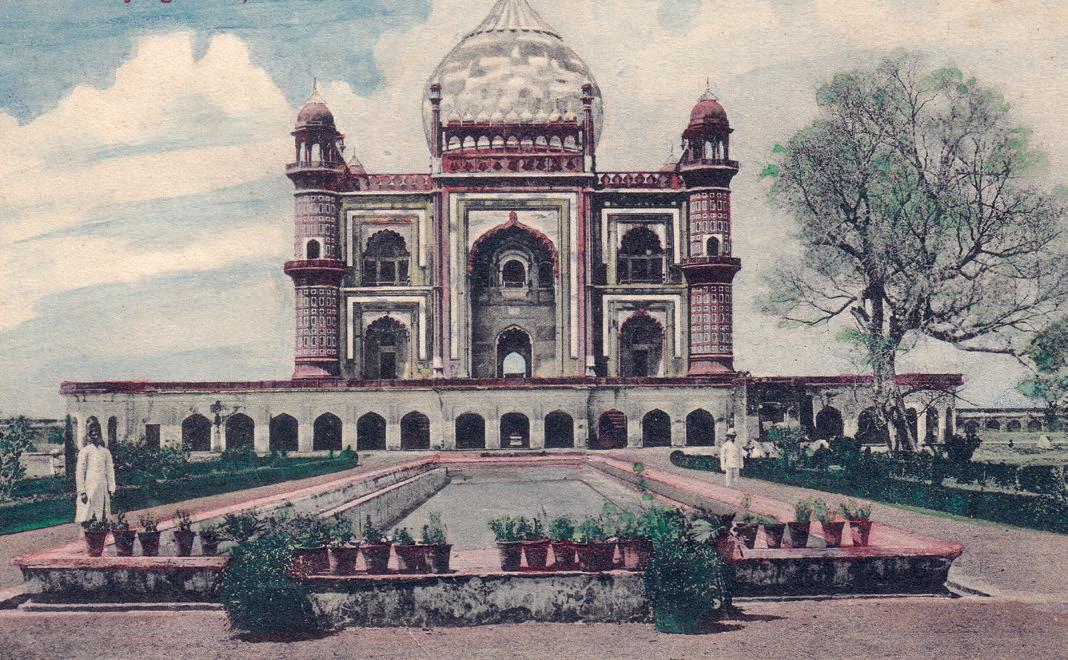

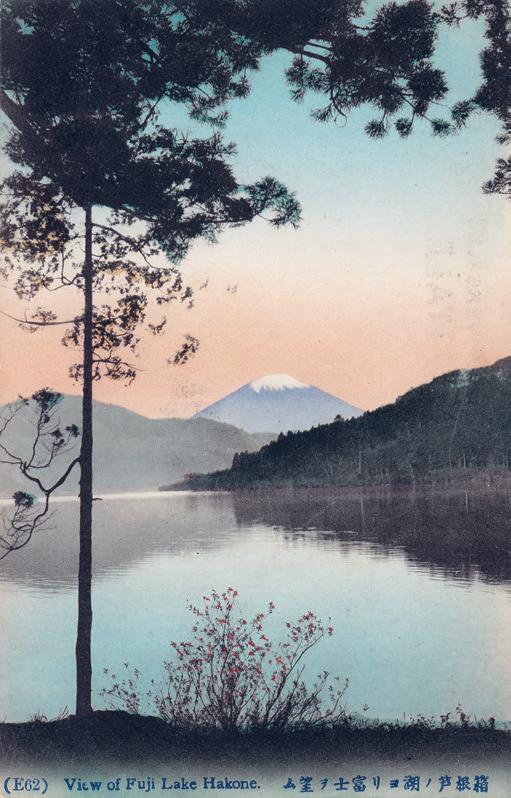

hese postcards belonged to Alf Edwards, who was a chau eur and valet (a gentleman’s personal servant) at Brodsworth Hall in the early 20th century. He was lucky enough to go on a round-the-world trip with a previous employer and collected them on his travels.














Last
issue, we asked you to
write a short story inspired by an English myth or legend. Here’s our winner…

(6) and Freddie Farrar (8)
Evie and Freddie’s story is called ‘Dracula’s Grand Party at Whitby Abbey.’ It’s set at a halloween party thrown by Dracula for friends including ‘werewolves from Hull, witches from Su olk, ghosts from York and a skeleton band’. Evie’s heard rumours about the party and shows up to see if the stories she’s heard are true.

Read the full story and those of our runners-up at english-heritage.org.uk kidsrule-spring25

Congratulations to our runners-up
Taryn Maiden, Bryher Martin, Yossi David and Oakley Fudge.

















































Write us a postcard! Take a photo at any of our sites and send it to us, along with the message you’d write on the back. Tell us…
Who’s your postcard to? It can be someone you know or someone famous, either from history or alive today! What’s your message? Something funny that happened on your visit? Something interesting you learned? Whatever it is, your message must be 30 words or less, as that’s all you’d be able to t on the back of a postcard! The closing date for entries is midnight on 31 August 2025. Visit english-heritage.org.uk/ kids for all the details on how to enter.
